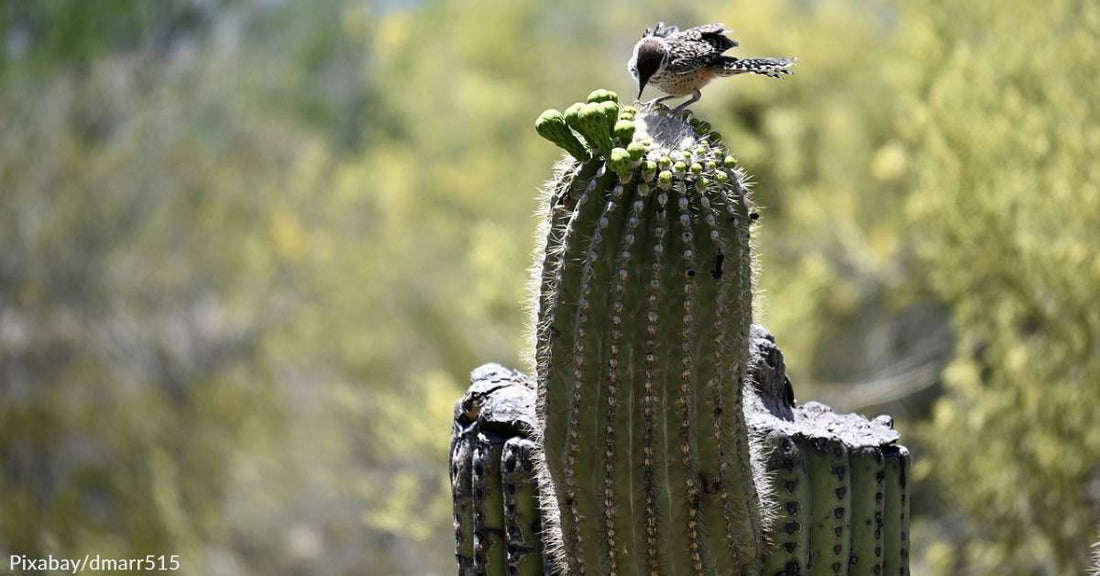Saguaro Cactus Can't Take the Heat but There's No Way to Escape the Kitchen
Rebecca West
The record-breaking heatwave the country is experiencing has new victims to add to the growing list of living beings adversely affected.
Arizona's saguaro cacti are leaning, losing arms, and even falling over during the state's nonstop streak of scorching heat, a scientist stated recently. Saguaro are very slow-growing cactus. A 10-year-old plant might only be 1.5 inches tall. Saguaro can eventually grow to be anywhere between 40-60 feet in height. When rain is plentiful, and saguaros are fully hydrated, they can weigh between 3200-4800 pounds.
Monsoon Season
The summer monsoon rains they rely upon have failed to arrive in July this year, testing the plants' ability to survive in their natural habitat after temperatures reached above 110 degrees for 25 consecutive days in Phoenix, said Tania Hernandez.
"These plants are adapted to this heat, but at some point the heat needs to cool down, and the water needs to come," said Hernandez, a research scientist at the Phoenix Desert Botanical Garden, which is home to more than 2/3 of all cactus species, including saguaros.
Phoenix Botanical Garden
Plant physiologists at the Garden are studying just how much heat cacti can take, and they appear to have their limits. Until recently, many in the field thought the plants were well adapted to high temps and drought, but 2023's heat wave is testing that train of thought.
Cacti need to cool down in the evenings. They also shed heat through rain and mist. If that doesn't happen, they inevitably sustain damage internally. The cacti currently suffering from prolonged and excessive heat could take months or years to die, Hernandez stated.
Desert Landscape
They are currently being studied in Phoenix, as the Southwestern city is considered a heat island, mimicking higher temperatures plants in the wild are expected to face with future climate change, Hernandez noted.
The towering giants support dozens of animal species that depend on the saguaro for life. According to the Trust for Public Land, birds, bats, insects, lizards, and mammals feast on their fruit, flowers, and flesh.
Saguaro Cactus
Birds of prey and even some ground-dwelling animals like bobcats roost in the spiny arms. Gila woodpeckers and gilded flickers carve out nest cavities in mature plants, and when they move on, other birds — such as pygmy owls and cactus wren — move in to raise their young in the premade dwellings.
This circle of life could soon be coming to an end if we can't get our act together, and it may already be too late for that.
As a side note, the largest saguaro on record was nicknamed "the Grand One." It was approximately 200 years old, 46 feet tall, and had a dozen arms. It was sadly damaged in a wildfire in 2005 and collapsed a few years later.





